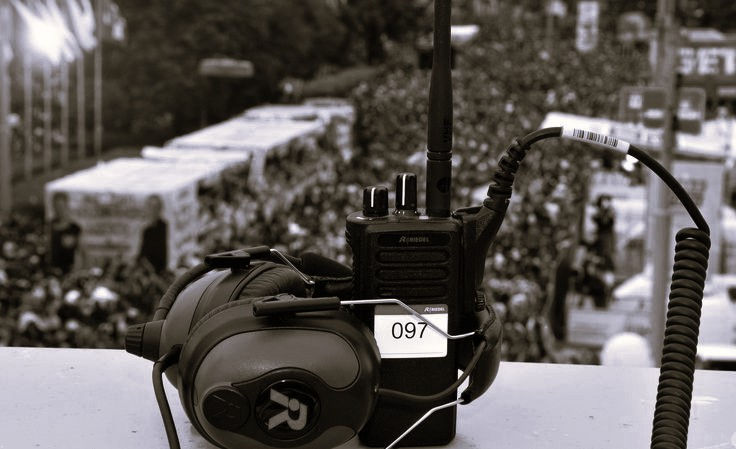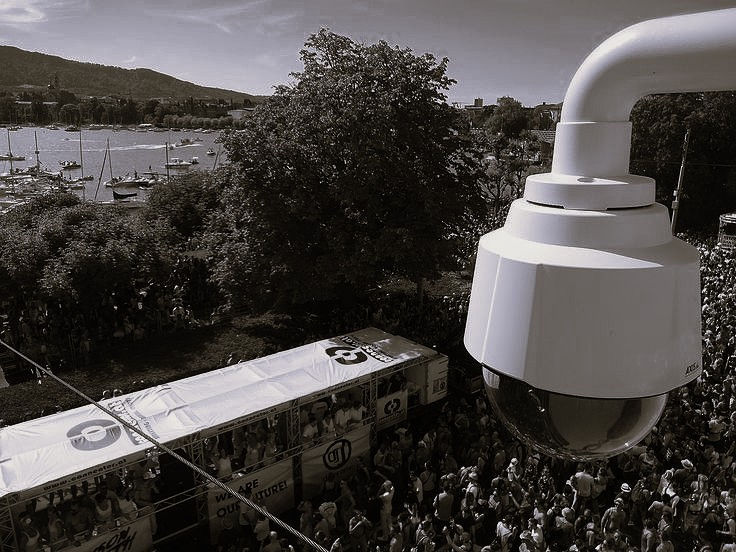What Goes into Choosing Professional Bouncer Services for Clubs and Events
- PPSGroup
- Sep 20
- 2 min read
For club owners and event organisers, selecting the right security partner is a decision that directly impacts both safety and reputation. In today’s environment, professional bouncer services are not a cosmetic addition; they are a fundamental requirement for ensuring compliance, guest protection, and brand integrity.

The misconception that any physically imposing individual can serve as a bouncer is not only outdated but potentially dangerous. Effective security requires structured training, formal licensing, and a high degree of professional judgment.
Understanding What Defines Professional Security
In Saudi Arabia, licensed bouncer services must adhere to Ministry of Interior (MOI) requirements for large events, including crowd control, emergency exits, and fire safety protocols. Failure to comply exposes venues to legal liabilities and reputational damage.
Professional bouncers are trained to:
Identify and de-escalate conflicts before they escalate
Enforce entry policies firmly yet respectfully
Coordinate with law enforcement when required
Safeguard both guests and venue operators against unnecessary risks
This combination of authority, discretion, and compliance sets professional services apart from unqualified alternatives.
Key Qualities to Look for in Bouncer Services
Training and Certification
The most reputable bouncer services invest heavily in training, ensuring their personnel possess:
Conflict resolution and de-escalation expertise
Emergency medical response capabilities
Legal knowledge of security roles and limits
Advanced crowd management and evacuation planning
Cultural awareness training, essential in Saudi Arabia’s diverse event landscape
Personnel with law enforcement, military, or corporate security backgrounds bring additional credibility and effectiveness.
Relevant Venue Experience
Security requirements vary by setting. A fine-dining restaurant demands discretion, while a nightclub requires expertise in managing alcohol-related behaviour and late-night crowds. Outdoor festivals present yet another set of challenges. Professional bouncers adapt seamlessly to the context, drawing on prior experience to maintain order without disrupting the guest experience.
Compliance with Saudi Regulations
Event organisers must ensure bouncer services comply with:
Licensing and permit requirements
Saudi workforce nationalisation quotas
Cultural and religious expectations for conduct
Fire, safety, and medical readiness standards
Failure in any of these areas can jeopardise both the event and the operator’s long-term reputation.
Options for Event Bouncer Services
Door Security Teams
As the first point of contact, door bouncers set the tone for the event. They manage guest lists, verify identification, and control entry while maintaining professionalism and authority.
Venue Access Control
Modern bouncer services integrate seamlessly with digital access systems. Personnel secure entry and exit points, while specialised teams manage VIP areas discreetly, protecting high-profile guests without compromising their privacy.
Roving Security Patrols
Mobile teams circulate within larger venues, identifying risks early and coordinating with door staff via communication systems. Their presence ensures complete and responsive security coverage.
Making the Right Decision
Professional bouncer services should provide formal contracts outlining responsibilities, schedules, and emergency protocols. Testing services during smaller events before larger commitments allows organisers to evaluate reliability and professionalism.
Ultimately, engaging trained bouncers is not simply a cost; it is a strategic investment in safety, compliance, and reputation. For high-profile venues and events, the choice of security partner often determines long-term success.





Comments